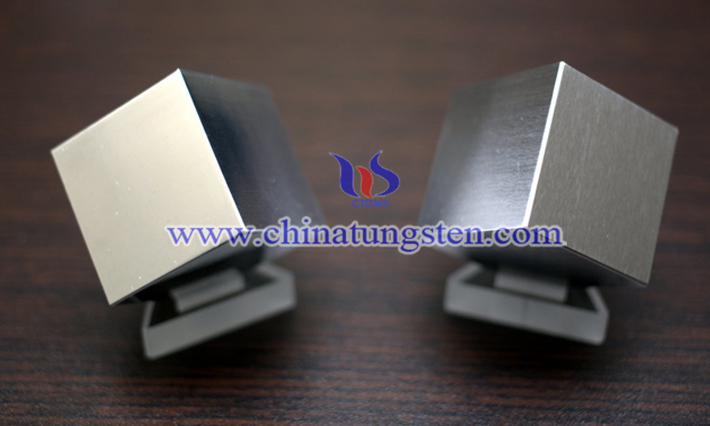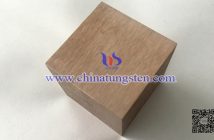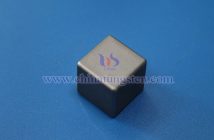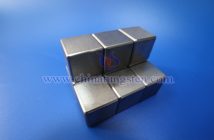As one of the most common products among high-density tungsten-based alloys, tungsten alloy blocks come in shapes such as cubes, rectangular prisms, and hexagons. Although their shapes differ, their physical and chemical properties and applications are basically similar.

Taking tungsten alloy cubes as an example, they are blocks with transition metal tungsten as the hard phase and metal elements such as nickel, iron, copper, or silver as the binder phase, so they can also be called tungsten alloy squares, with the English name tungsten alloy cube.
In terms of physical and chemical properties, tungsten alloy squares feature high density, high melting point, high strength, wear resistance, corrosion resistance, high-temperature resistance, oxidation resistance, good ductility, and electrical and thermal conductivity. However, due to differences in the binder and the amount used, the physical indicators such as color, density, strength, thermal conductivity, and thermal expansion coefficient of the squares vary.
When copper is used as the binder phase, as the copper content (generally 7%–50%) increases, the color of the square will lean more toward copper hue, while the density will decrease, and the thermal conductivity and thermal expansion coefficient will increase; when silver is used as the binder phase, the square is silver-white in color, and as the silver content (generally 30%–80%) increases, the square exhibits better electrical and thermal conductivity, plasticity, and ductility; when nickel and iron are used as the binder phase, the square is silver-white in color, with the nickel-to-iron ratio generally 7:3 or 1:1.

In terms of production process, due to the significant difference in melting points between the hard phase and the binder phase, tungsten alloy squares cannot be produced by melting and casting methods and are generally manufactured using powder metallurgy, injection molding technology, or 3D printing processes.
Powder metallurgy refers to the technology of mixing raw materials in certain proportions, followed by die pressing, liquid-phase sintering, vacuum treatment, and other steps to manufacture various types of tungsten products. Injection molding technology involves injecting molten colloid under pressure into a mold cavity with a specific shape for forming. 3D printing is a technology based on digital model files, using tungsten alloy powder to construct objects layer by layer through printing.
In terms of applications, tungsten alloy cubes can serve as various counterweights, such as speedboat counterweights, vehicle counterweights, aircraft counterweights, and marine counterweights.



